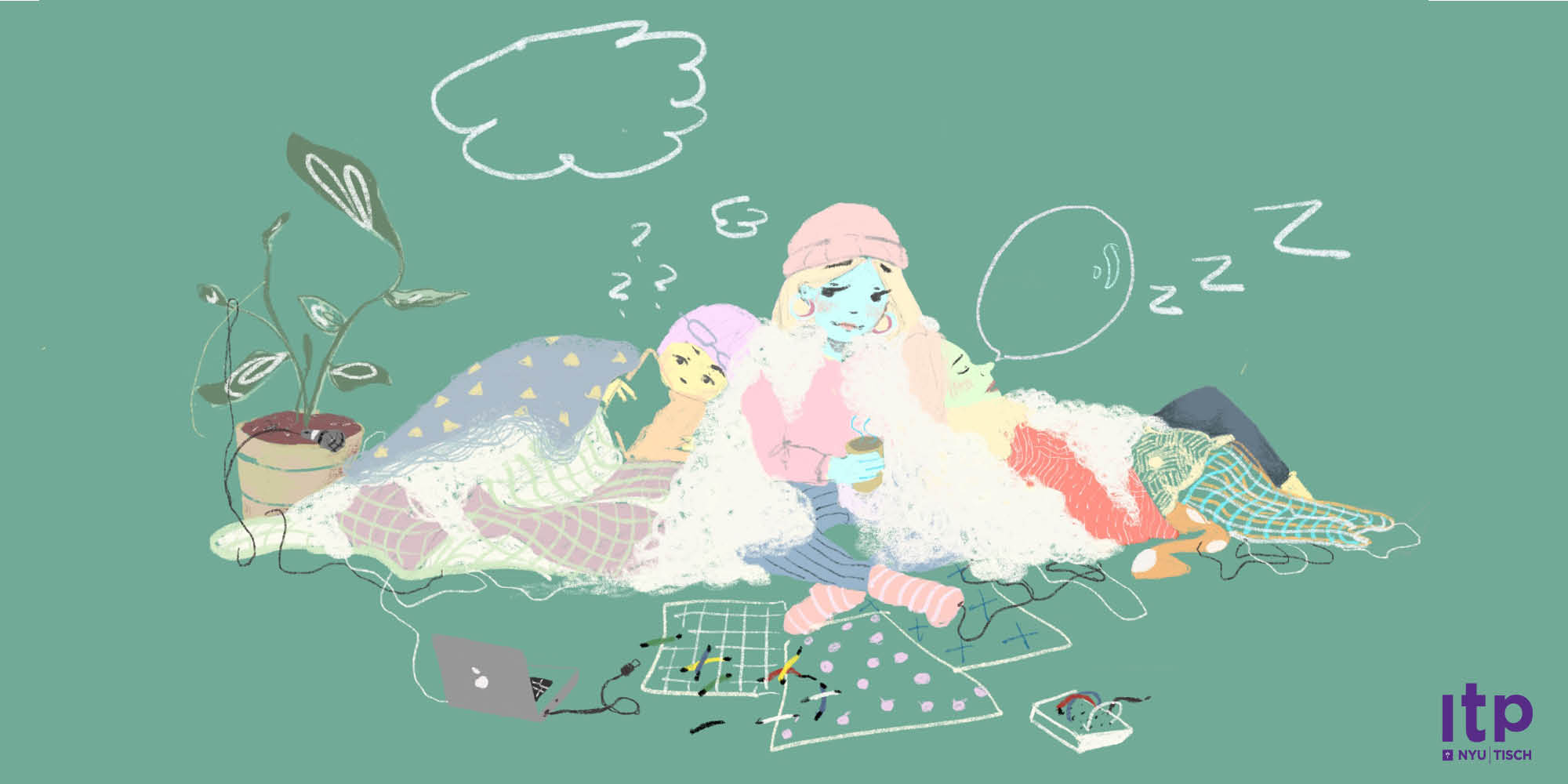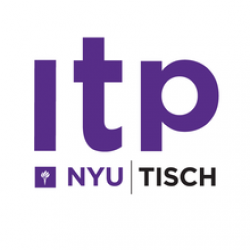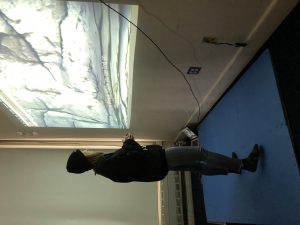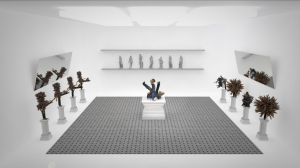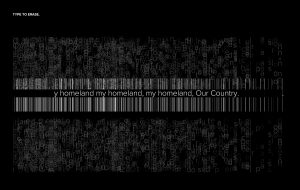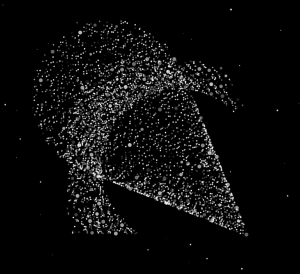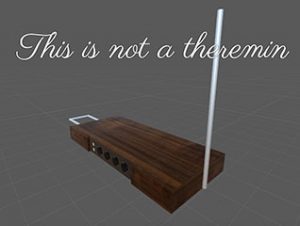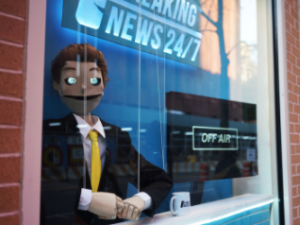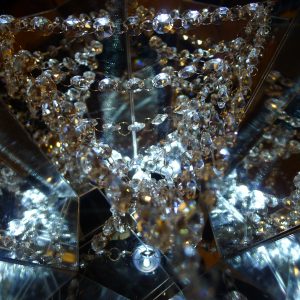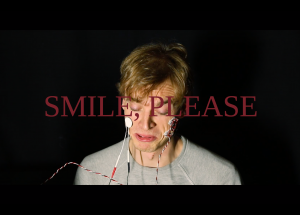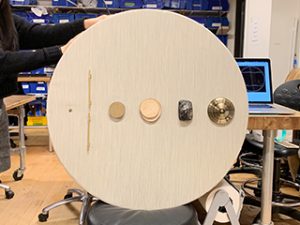Marcela Mancino von der Osten
We are so grateful for being together here, but still, it was never this hard to connect. Every word has a thousand unspoken words behind them. We look into each other's eyes and we see the infinity that separates us. We try to find a way to reach each other, but we get lost in the moving topography. It is frightening, but its colors and textures are so fascinating that we just let go. We give up the words. We stare into our shared infinity, we dive.
https://https://mardefronteira.wordpress.com/2018/11/11/final-project-proposal/
Description
We are so grateful for being together here, but still, it was never this hard to connect. Every word has a thousand unspoken words behind them. We look into each other's eyes and we see the infinity that separates us. We try to find a way to reach each other, but we get lost in the moving topography. It is frightening, but its colors and textures are so fascinating that we just let go. We give up the words. We stare into our shared infinity, we dive.
IMERSA is an interactive sculpture that explores the implications of my experience in reterritorializing in the USA, specially considering the political situation that I have left behind in Brazil and how hard it is to create empathy in people for things that are so far from their realities. No matter how much we all try, there is something that gets lost in our living experiences and will never go through.
This piece relates to that by asking the user to dedicate attention, patience and intimacy for the experience to happen, but making it so long that no one would wait for the whole experience to happen. The sculpture – consisting of crystal strings, mirrors, light and sound – is only activated when it tracks a single person looking at it. While the person is there, the piece builds itself up slowly, using motors to bring the strings into a physical sculpture which receives increasing amounts of movement through light and sound. If another person is tracked, the system pauses, leaving the sculpture in the same place as it was. If the person leaves, the sculpture immediately resets, bringing the crystals to fall down, and the lights and sound to be turned off.
Classes
Introduction to Computational Media, Introduction to Physical Computing
